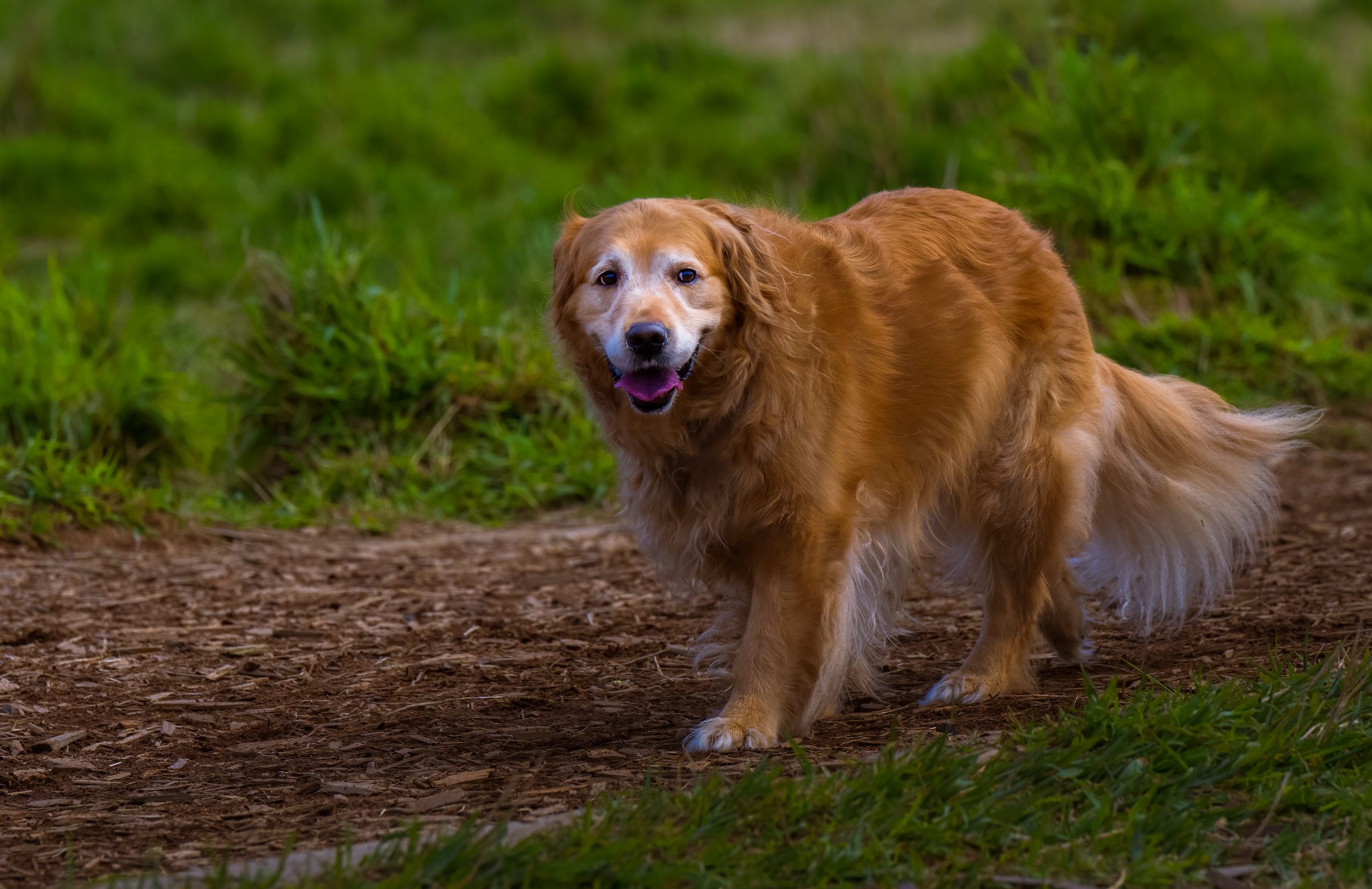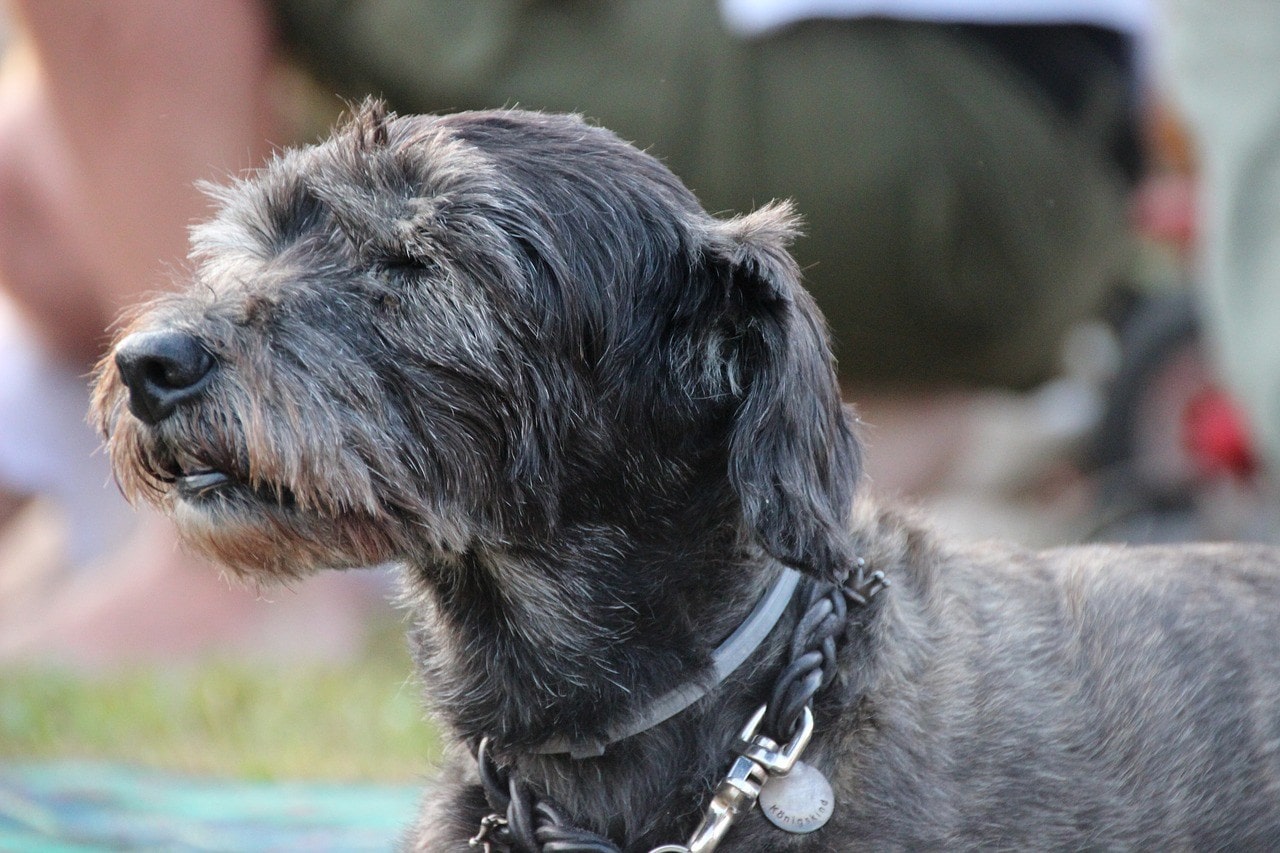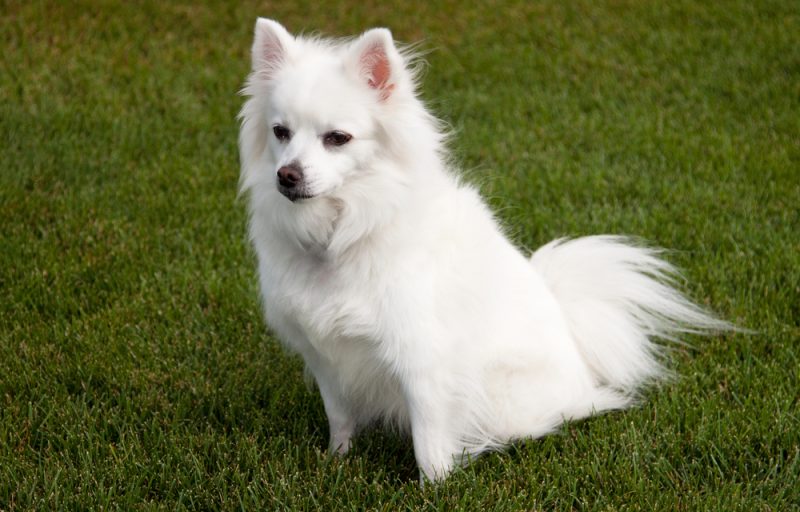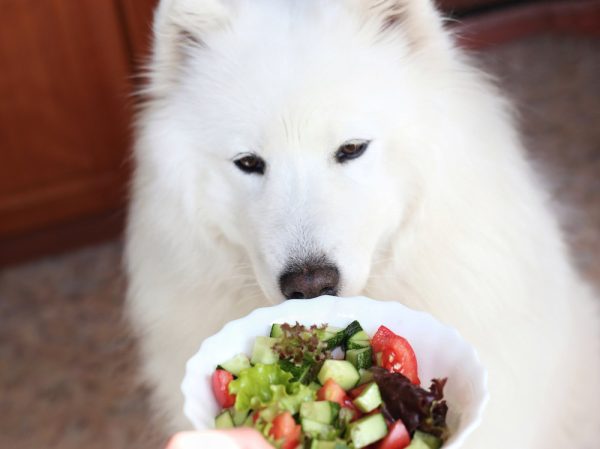If you have an old dog that’s not so keen on walks or you are unsure whether your regular routine is too intense for your aging dog, you are probably looking for ways to exercise them in a way that is adapted to their life stage. Older dogs tend to spend a lot more time lying around and might not be interested in getting fit. It’s also common to be afraid of injuring your old dog with strenuous activity. Keep reading while we address these problems and show you several things you can do to help get your pet motivated and back in shape to help them live a longer, healthier life.
Osteoarthritis, also called simply arthritis, is extremely common in dogs. It is estimated that it affects 80% of dogs over 8 years of age.¹ It is a painful and chronic condition that should be adequately diagnosed and managed in conjunction with your veterinarian. If your dog seems stiff, reluctant to walk, has difficulties getting up or lying down, licks their joints, or is losing muscle mass, it is vital to book an appointment with your vet. Starting a treatment plan can help improve your dog’s quality of life and slow down the progression of the disease.

The 11 Tips for Exercising Your Senior Dog
1. Check With Your Veterinarian
The first thing you will need to do before you start any exercise program is to have your dog looked over by a veterinarian. Your doctor can tell you if it’s safe to start up such a program and will be able to give you a starting point for how much exercise your dog needs each day.
2. Start Slow
You will want to start slow with an old dog that has lost some muscle mass because they can’t cope with their usual activity levels. Have patience and let the muscles build back up slowly. Any activity is better than no activity, and you can increase the duration and difficulty later.

3. Warm Up
Anyone that runs every day will tell you how important it is to warm up before you begin. Old dogs need extra time to get their muscles ready for a long walk. Let your dog take a few laps around the yard chasing a ball or a stick before you get started to help get the muscles moving and the blood flowing. A short warm up will help reduce the risk of injury.
4. Keep It Low Impact
Low-impact exercise is a great tool in your dog’s exercising program. The best low-impact exercise you can choose is swimming. Your dog will love to swim at the doggy pool. Ask your vet for their recommendations.
If you need to speak with a vet but can't get to one, head over to PangoVet. It's our online service where you can talk to a vet online and get the advice you need for your dog — all at an affordable price!

5. Proper Surface
If your old dog has been spending a lot of time in the house lying around, there is a good chance the paws are tender. It can be painful for them to walk on concrete or pavement, especially in the hot parts of the day. If you notice your pet struggling to walk, it’s probably better to move your sessions to grass or wait for a cooler part of the day.
6. Daily Walk
We recommend going for two or three short daily walks. The walks don’t need to be far. A 10 or 15-minute walk will be more than adequate. You can extend it a few minutes every few weeks if you start to see some progress.

7. Watch for Pain and Discomfort
As we mentioned earlier, you will need to be vigilant about looking for signs of discomfort, especially at first. If your dog is reluctant to move, they develop a limp, or they seem too tired, consult with your vet. Stopping can help prevent injury from occurring and will give them the chance to heal if injuries occur.
- Related: Best Dog Ramps For Older Dogs
8. Be Consistent
Consistency is always key when training your dog, and exercise is a form of training. You are teaching them to be more active. Holding your sessions at the same time each day will help your dog to get into a routine. Routines are extremely important, and dogs love them.
9. Don’t Forget Mental Exercise
Exercise doesn’t always need to be physical. Your dog will appreciate some mental stimulation as well. Hiding treats around your home can trigger your pet’s hunting instincts, and there are many similar games you can play with your pet. You can also purchase commercial puzzles with different difficulty ratings online or in your local pet store. In our experience, a mentally stimulated dog is less likely to be depressed and is more likely to enjoy participating in games and activities.
10. Make It a Positive Experience
Remember to praise your dog and give them some pets, a massage, and a belly rub. Some treats are probably also in order no matter how your pet did. This last step is what will bring the dog back to the training session tomorrow, so don’t leave it out.

11. Flexible Routine
One more important step for exercising your dog is to keep them flexible, especially for an old dog. Senior dogs may have good days and bad, so you shouldn’t push them even if they’re making progress and haven’t had a bad day in a while. Make sure your routine is flexible enough that you can have a change of plans at any time.

Final Thoughts
Dogs love exercise, and it is simply a matter of adjusting it according to their age. Exercise is essential for a longer, happier life. Even mild exercise will make it easier for your dog to get up from a resting position or walk up and downstairs. As long as you get your dog checked by a vet before you begin and you start slowly, your dog will continue to be active and have fun in the process. It will also give you some extra time to bond with your pet.
We hope you have enjoyed reading and found the answers to your questions. If we have helped your pet start to be a little more active, please share these 11 tips for exercising a senior dog on Facebook and Twitter.
- You may also be interested in: 10 Benefits of Getting Your Senior Dog a Puppy Companion
Featured Image Credit: Pixabay




















